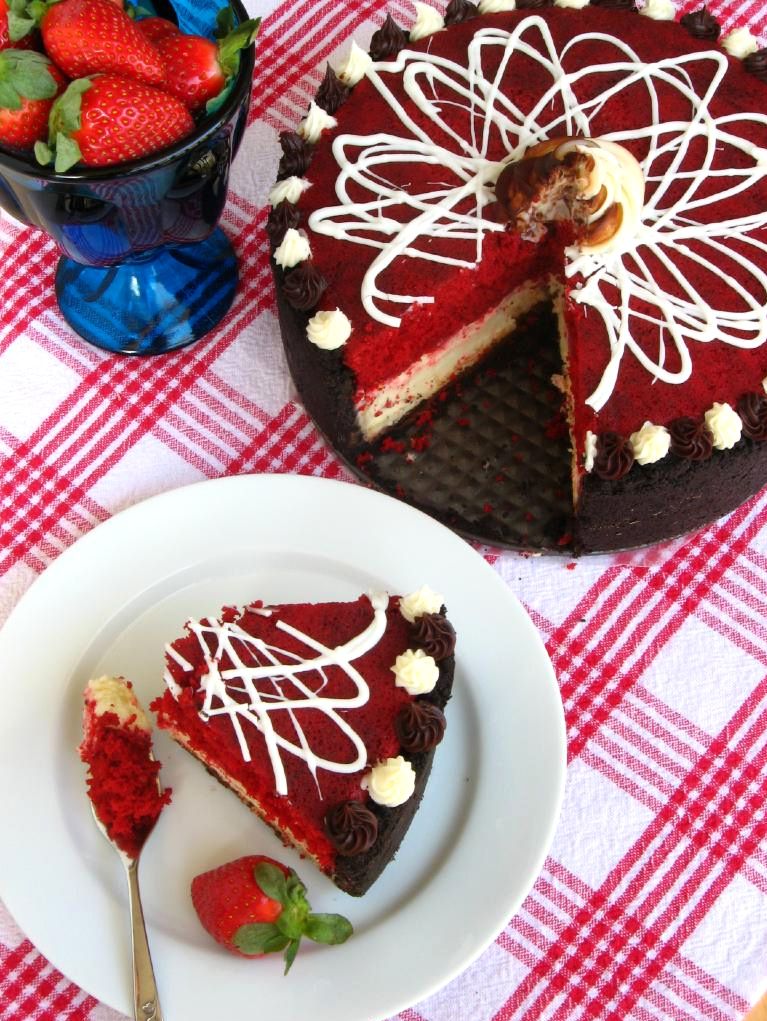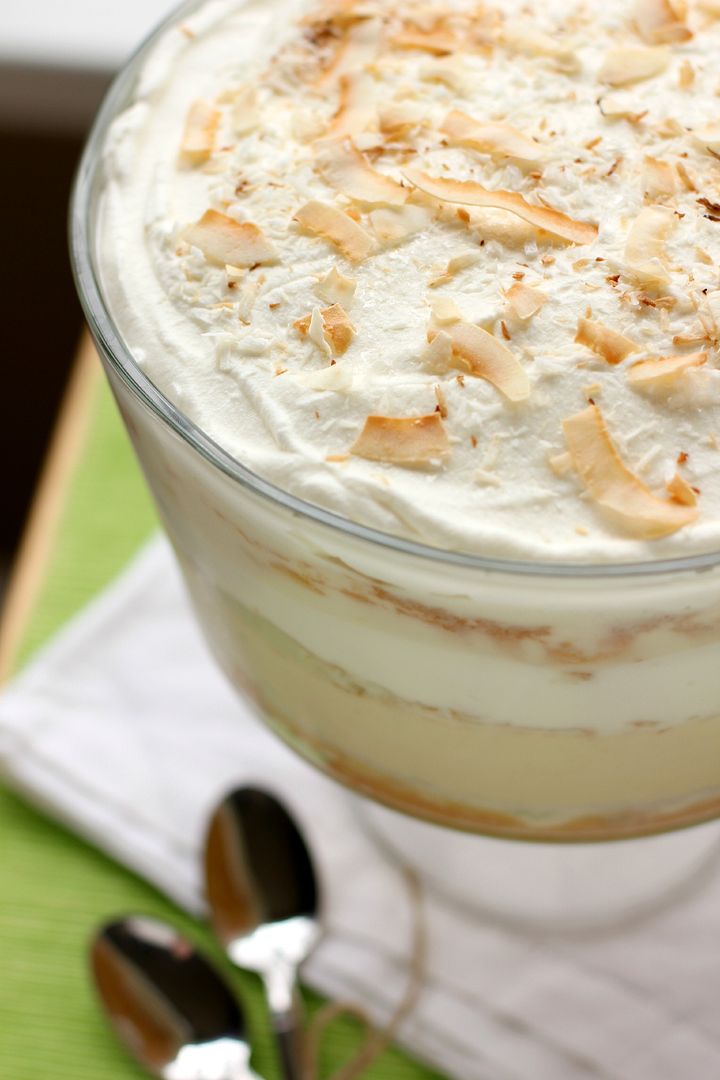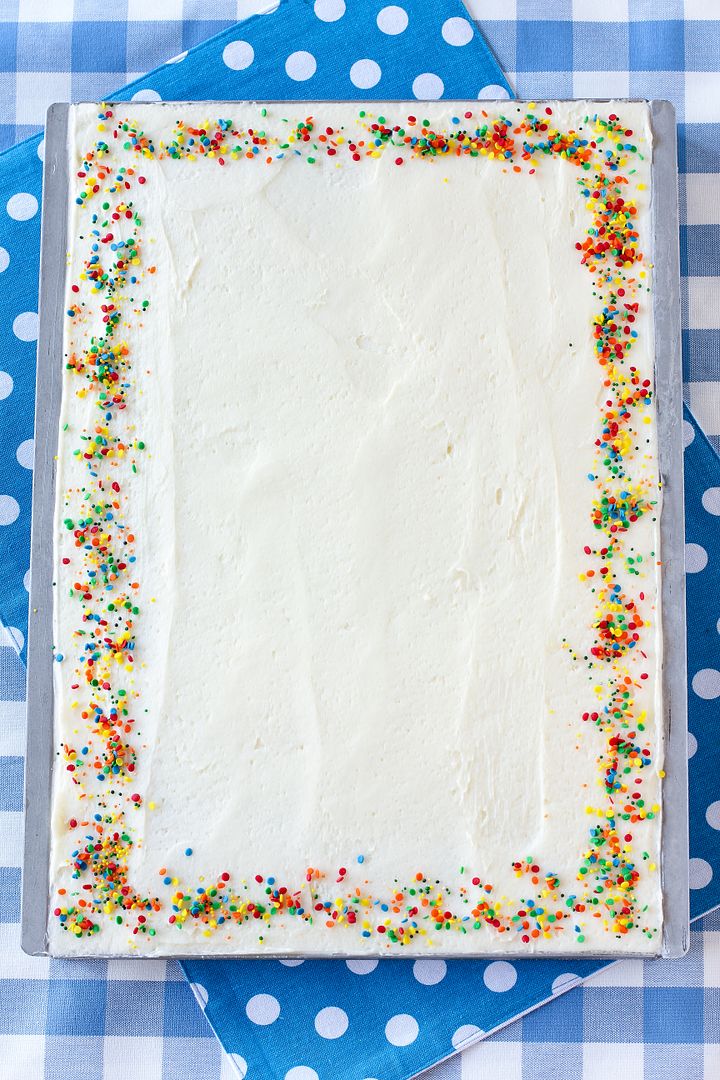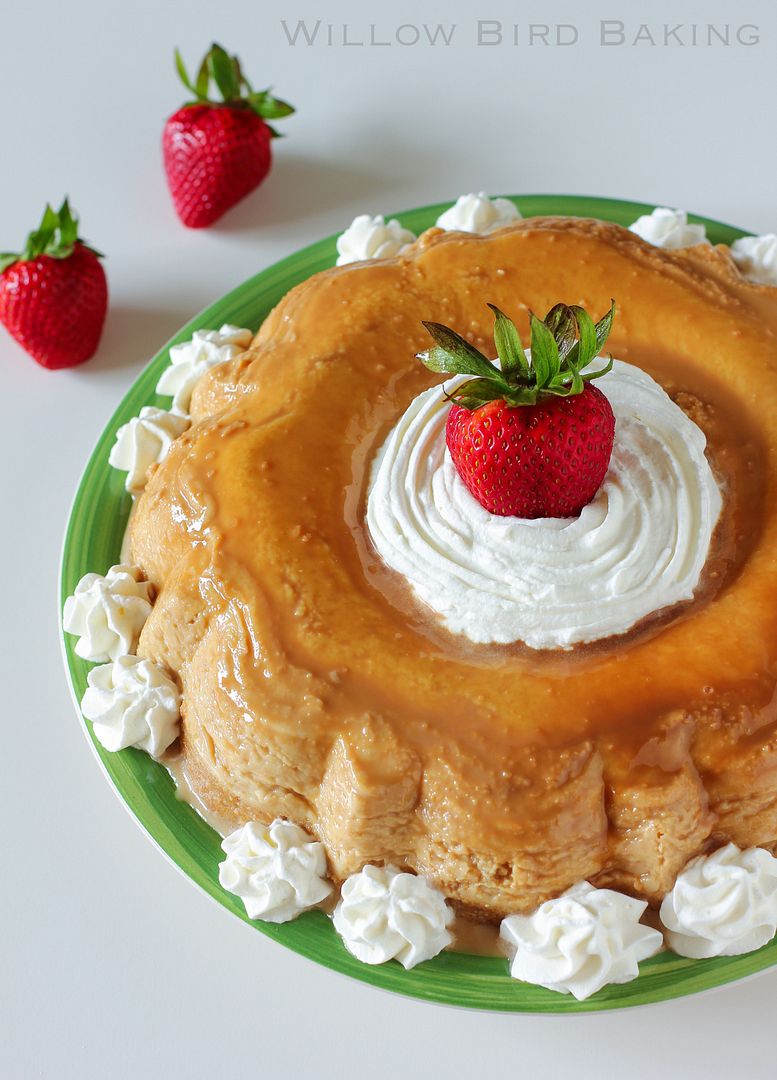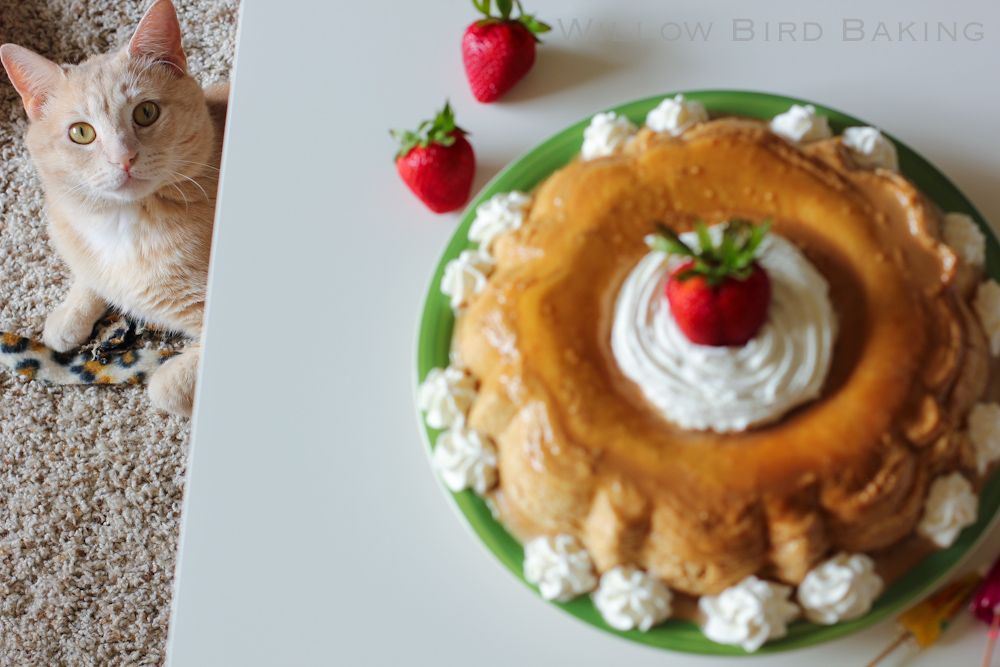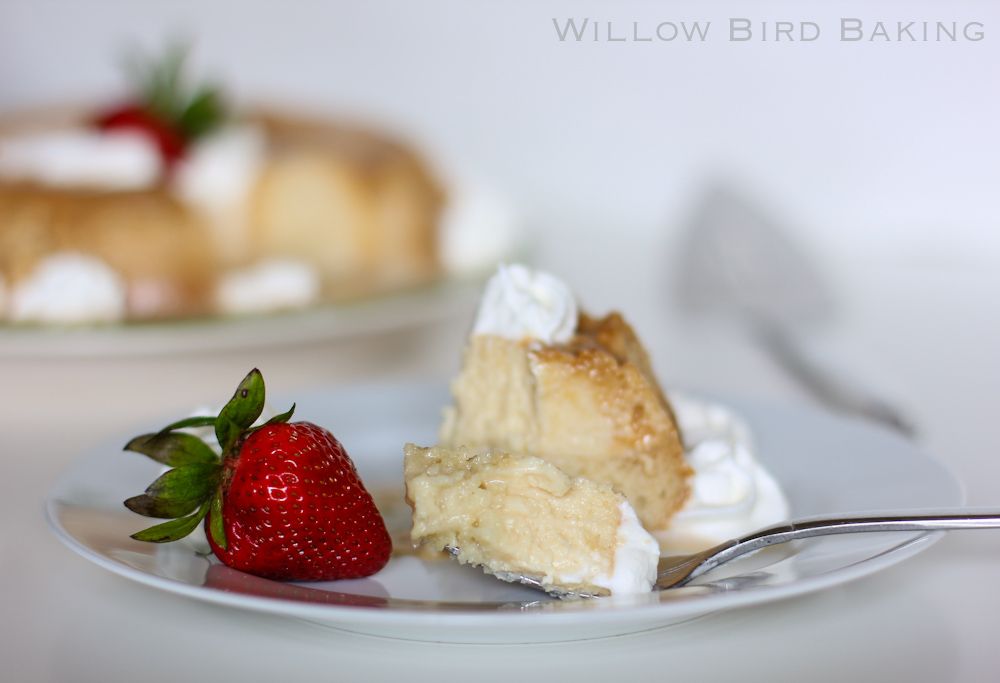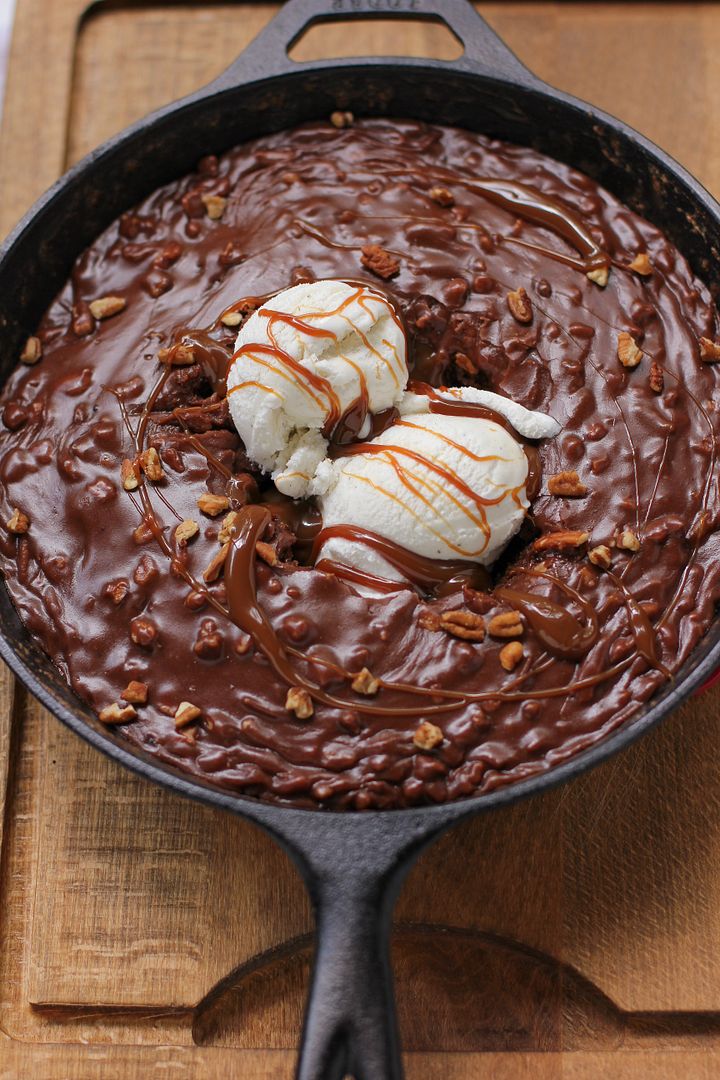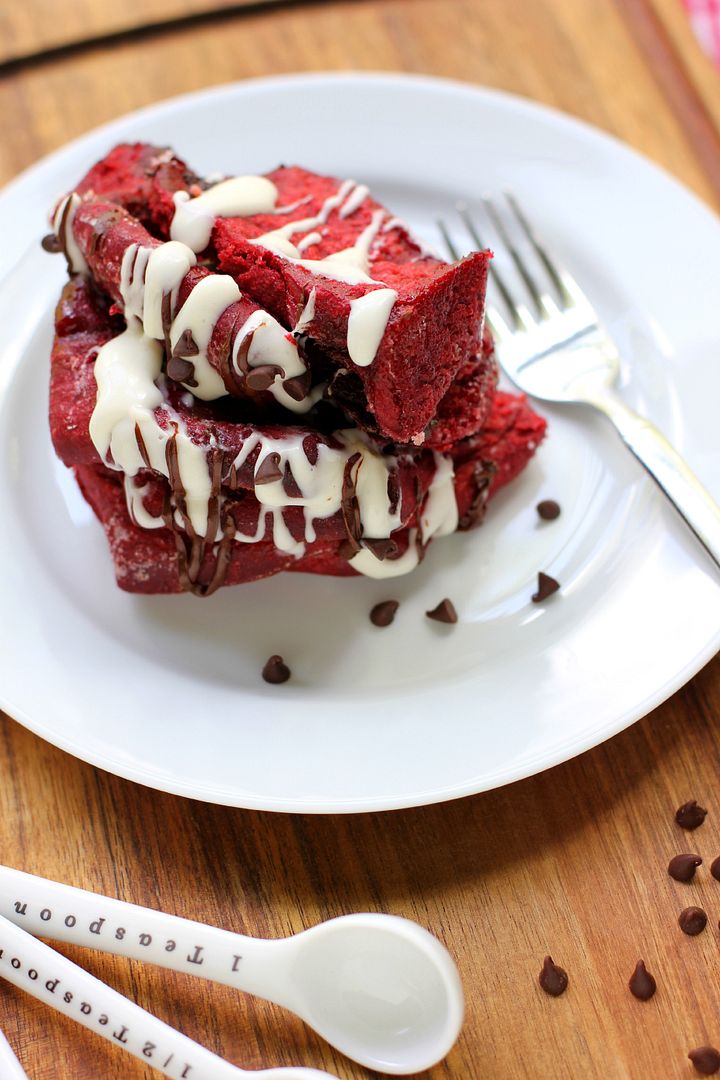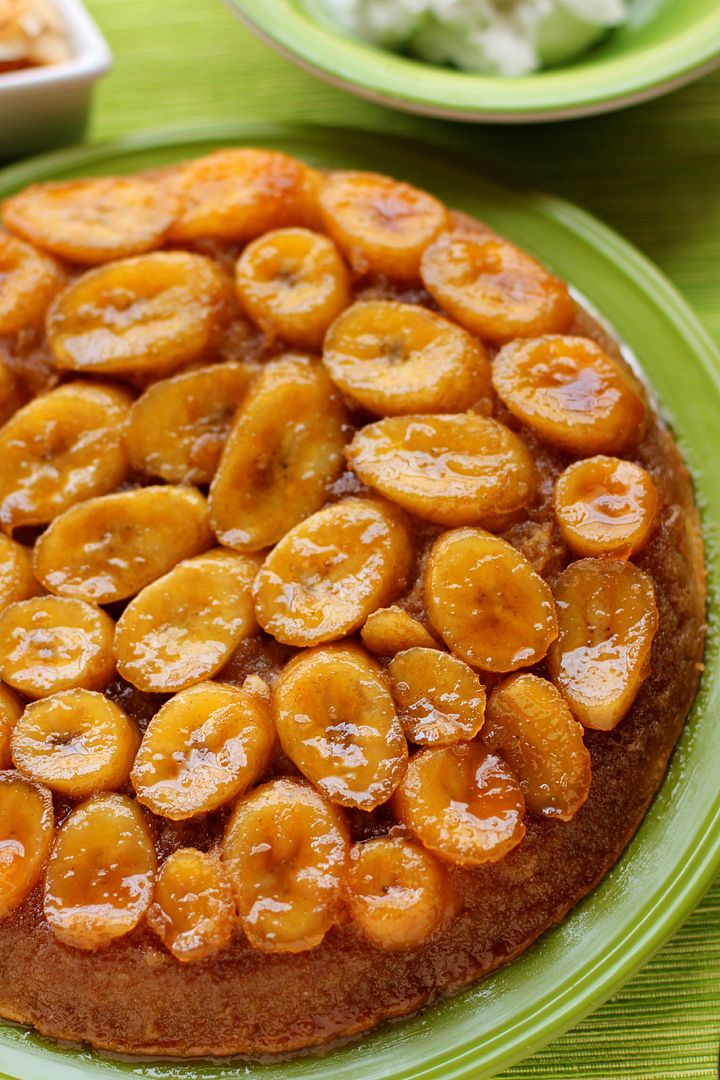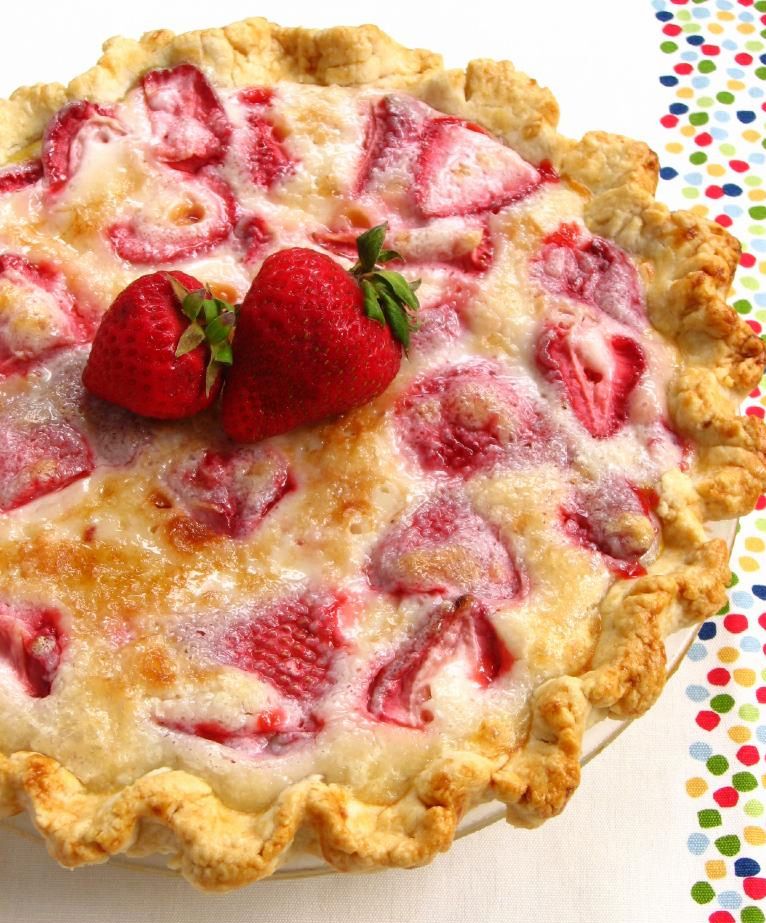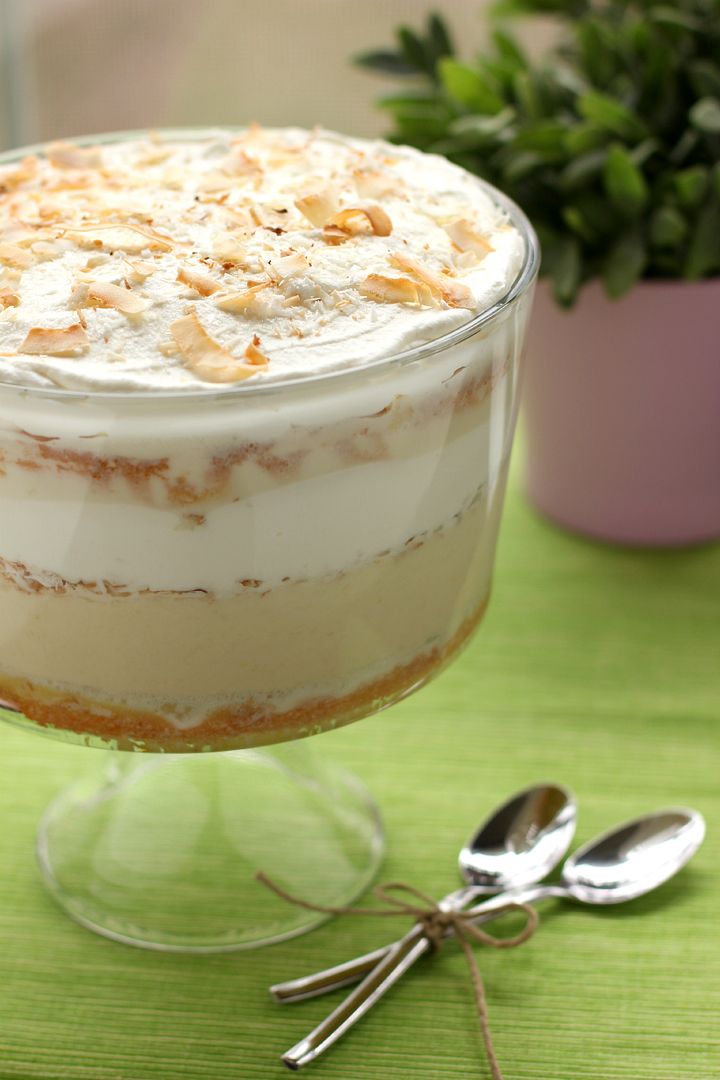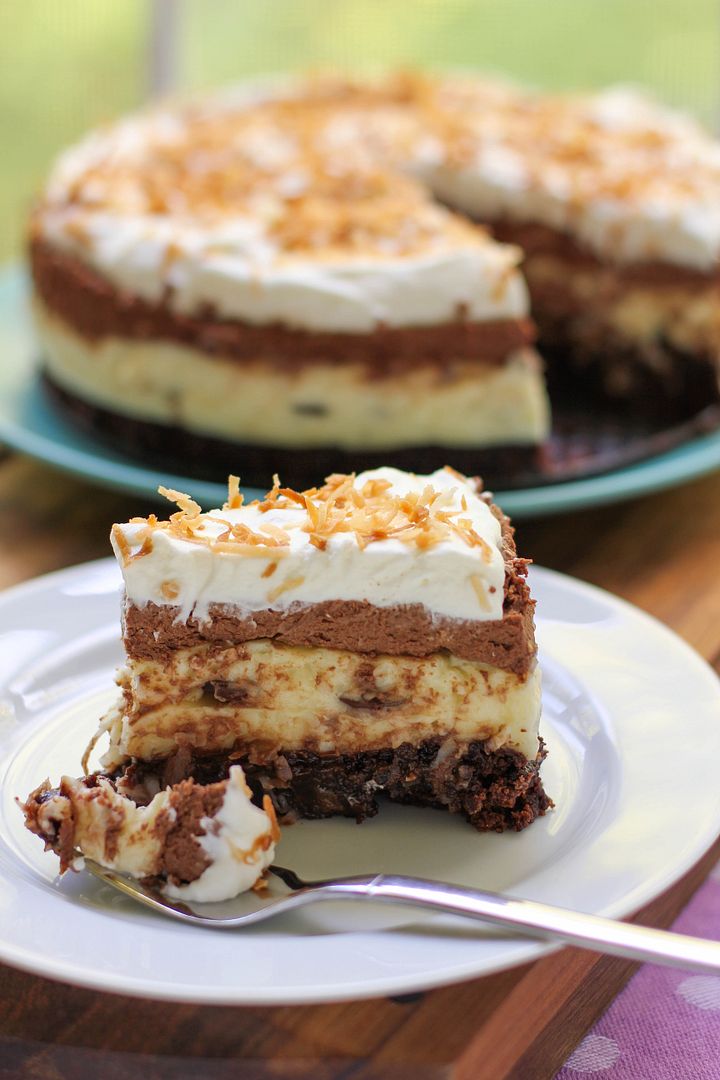
I haven’t met my future 8th grade students yet, but I’m pretty certain they are wonderful. Just a hunch. To prepare for our time together this fall, I’m reviewing their summer reading book, The Adventures of Tom Sawyer, wherein Mark Twain evokes the joy and angst of rural childhood.
One of the scenes in the book finds the spunky young protagonist tragically imprisoned in a church pew as “the minister prayed. A good, generous prayer it was, and went into details: it pleaded for the church, and the little children of the church; for the other churches of the village; for the village itself; for the county; for the state; for the state officers; for the United States; for the churches of the United States; for the President . . . .”
Tom noticed whenever the minister added a new detail to the prayer and “his whole nature resented it; he considered additions unfair, and scoundrelly.”

The prayer sounds mighty familiar to me. During my own childhood, it had not issued forth from a droning minister but from my own hyper-organized and hyper-devout conscience. I had a careful mental list of people and things I needed to pray for, and even sublists of what to pray about each of those people and things. My daily prayers grew to the point of absurdity. I would head into prayer time like a prisoner might trudge into her jail cell, schlepping her heavy chains along behind her. Doesn’t sound quite right, does it?
I didn’t know it, but my prayers were suffering from what I call “keeping the plane up” syndrome. I’m terrified of flying, and on an airplane, I’ll sometimes anxiously concentrate on keeping myself in the air. While I know it’s silly, it feels like my extreme focus gives me some control over the situation, and like breaking it might send the plane spiraling. To snap out of this, I have to very deliberately jar my focus — by reading SkyMall or walking to the restroom, usually — and let myself realize that everything is still okay.
My childhood prayers were the same thing. I was “keeping the plane up” — keeping people alive, keeping the house from burning down, keeping floods and severe weather at bay — all by focusing my tiny 8-year-old attention. While I think the minister in Tom Sawyer probably just enjoyed hearing himself pontificate, my own bloated prayers felt urgent to me. If I left a bit out, perhaps God would leave that bit off of His own list. Maybe that person would go unblessed, unhealed. The situation seemed quite weighty and desperate. When I got older, I realized I had to snap out of this much like I snapped out of keeping the plane up: by purposely upsetting the routine and watching for God’s continued faithfulness.

A few years ago I was reading through Oswald Chambers’ My Utmost for His Highest and for some reason, something I’d heard over and over again, and indeed read over and over again in the Bible itself, finally clicked for me. It was the idea that God already knows what you need before you ask it. For some reason, it hadn’t really sunk in that the reason to pray was not to inform God what you needed, inform Him what you thought about Him, inform him what you were thankful for. He knew these things. So why tell Him? Radically, Chambers noted that like most things we think of as “serving God” (tithing, worshipping), this task was given to us for us — that is, prayer did more for us than it did for God.
What it does for us is connect us to the source of abundant life, allowing us to commune with God. It’s looking to the Father for a “security check,” abiding in Him, and therefore it replenishes and reassures us. It trains us for the life events that will bring us to our knees, when that communion will become a lifeline that we’re clinging to for survival (I believe this is why Christ encouraged the disciples repeatedly to commune in prayer with Him in the garden of Gethsemane — He knew the spirit was willing, but the flesh was weak, and they needed preparation for what was to come). It also allows us to explicitly do what Christ instructed and love our neighbors by lifting them in prayer.
But the key piece of this puzzle was, for me, He already knows. You can’t mess anything up by forgetting a part of the script. Indeed, I’m reminded that sometimes even when you have no words or are so heartbroken that you can’t remember how to pray, “the Spirit Himself makes intercession for us with groanings which cannot be uttered.”

Later in Tom Sawyer, a bored Tom rifles through his pocket and finds a box holding his most recent capture, a busy tick, whereupon “his face lit up with a glow of gratitude that was prayer, though he did not know it.”
Thankfully, I’ve experienced that sort of prayer, too. I remember it from the car ride to see my mom after she woke up from a surgery she almost didn’t survive. I remember it from the night Mike proposed to me. I remember it from watching Byrd run to fetch her rubber bone after her double knee surgery and months-long recovery. I remember it from sitting in a church pew with my nephew, Caleb, when he asked what the preacher meant by “committed to God” and after hearing my explanation, declared, “I’m committed to God.” I remember it from the day I received the phone call in my classroom telling me that my dad’s cancer was gone.
* * *

For those of you who pray — and I know there are those of you out there who don’t, and I hope you know you are as welcome here as anyone else — tell me about your prayers. Tell me about how your prayer life has changed over time. And have you felt that glowing moment of gratitude yourself?
In the meantime, let’s share some strawberry lemonade cheesecake. These bars are a version of one of my dad’s favorite desserts, Lemon Blueberry Cheesecake Bars, and they are so creamy and delicious. This summery version includes a little extra lemon tang, big fresh strawberries, and a buttery shortbread crust. They’re also super easy to whip up, making them one of my favorite summertime treats. I hope you enjoy them.
One year ago: Lemon Raspberry Squares
Two years ago: Soft Sugar Cookies
Three years ago: Spicy Peach and Cucumber Salsa
Four years ago: Overnight Yeast Rolls
Strawberry Lemonade Cheesecake Bars with a Shortbread Crust
Recipe by: Adapted from King Arthur Flour (crust) and Shared Sugar (cheesecake)
Yields: about 18 bars
These cheesecake bars are the perfect summer treat: sweet, creamy, tangy, buttery, and easy to prepare!
Crust Ingredients:
1 cup (2 sticks) butter
2 cups all-purpose flour
1/2 cup confectioners’ sugar
Cheesecake Layer Ingredients:
32 ounces cream cheese, at room temperature
4 eggs
5-6 tablespoons lemon juice, depending on how tart you usually like your lemonade!
lemon zest from one lemon (reserve a little to sprinkle on top)
1 cup sugar
strawberries, quartered*
powdered sugar for topping
*Note: I probably bought 2 pints of strawberries but didn’t quite use them all. I didn’t quarter mine because I thought they’d be pretty whole, but they were a bit hard to eat and I’ll quarter them next time I make this recipe!
Directions:
Preheat your oven to 350°F. Prepare a 9 x 13 in. baking dish with a parchment paper sling. Cut the butter into the flour and confectioners’ sugar and press into the baking dish (I used a food processor to cut the fat into the flour, and then the bottom of a dish to press the mixture into the pan). Bake 20 minutes or until light brown. Let cool on wire rack.
In a bowl with an electric mixer, add the cream cheese, eggs, lemon juice, lemon zest, and sugar. Mix until the ingredients are creamy and the cream cheese is fully incorporated. Pour into the pan with the cooled crust. Then evenly distribute the strawberries.
Bake 30-35 minutes or until filling is set. Remove from the oven and cool completely. Then refrigerate for at least 3 hours. Remove the cheesecake from the pan using the parchment paper. Cut into bars and sprinkle with powdered sugar and/or lemon zest.

